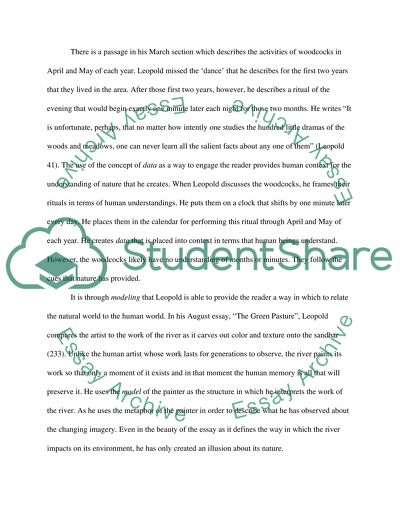Cite this document
(A Sand County Almanac by Aldo Leopold Book Report/Review, n.d.)
A Sand County Almanac by Aldo Leopold Book Report/Review. https://studentshare.org/environmental-studies/1483709-nature-writing
A Sand County Almanac by Aldo Leopold Book Report/Review. https://studentshare.org/environmental-studies/1483709-nature-writing
(A Sand County Almanac by Aldo Leopold Book Report/Review)
A Sand County Almanac by Aldo Leopold Book Report/Review. https://studentshare.org/environmental-studies/1483709-nature-writing.
A Sand County Almanac by Aldo Leopold Book Report/Review. https://studentshare.org/environmental-studies/1483709-nature-writing.
“A Sand County Almanac by Aldo Leopold Book Report/Review”. https://studentshare.org/environmental-studies/1483709-nature-writing.


